Interest Free Financing Up To 36 Months
WE DO NOT ONLY PUMP YOUR TANK - WE CLEAN IT!
Multiple Financing Options Are Available Up To 36 Months
Interest Free Financing Up To 36 Months
WE DO NOT ONLY PUMP YOUR TANK - WE CLEAN IT!
Multiple Financing Options Are Available Up To 36 Months
Keeping your septic tank in good condition is essential to the efficient operation of your home's waste disposal system. Invasive tree roots are one frequent danger to the septic tank's structural integrity. These roots have the ability to seriously harm the tank and the pipelines that surround it, necessitating expensive repairs.
In this blog post, our professionals from Septic Blue of Raleigh will explore how you can protect your septic tank from these dangerous roots to ensure its longevity and efficiency.
It is important to comprehend the reasons behind the dangers tree roots present to your septic tank before diving into preventative measures. Trees look for sources of nutrients and moisture, and your septic tank's effluent offers an alluring setting for them to grow. Growing roots have the potential to pierce the tank's walls and the pipelines that link it, leading to leaks, obstructions, and structural damage.
Planning routine septic tank maintenance is one of the best strategies to avoid root infiltration. Services include septic tank pumping, cleaning, and inspections are provided by a qualified septic company. Technicians can spot early indications of root incursion during these scheduled visits and take care of them before they worsen and become more serious issues.
It's important to take your property's trees into account while placing a new septic tank. Trees can eventually reach the septic tank and cause harm, so avoid planting them close to the drain field or tank. Selecting an appropriate location that reduces the chance of root incursion can be made easier by speaking with a septic tank installation specialist.
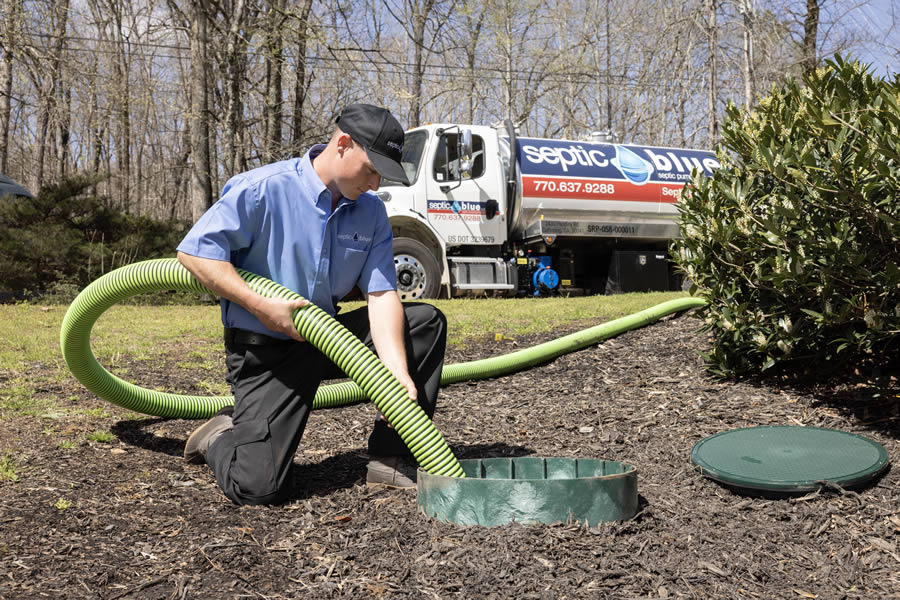
Septic tank pumping in Raleigh has never been so affordable and accessible thanks to the professionals at Septic Blue. We are…
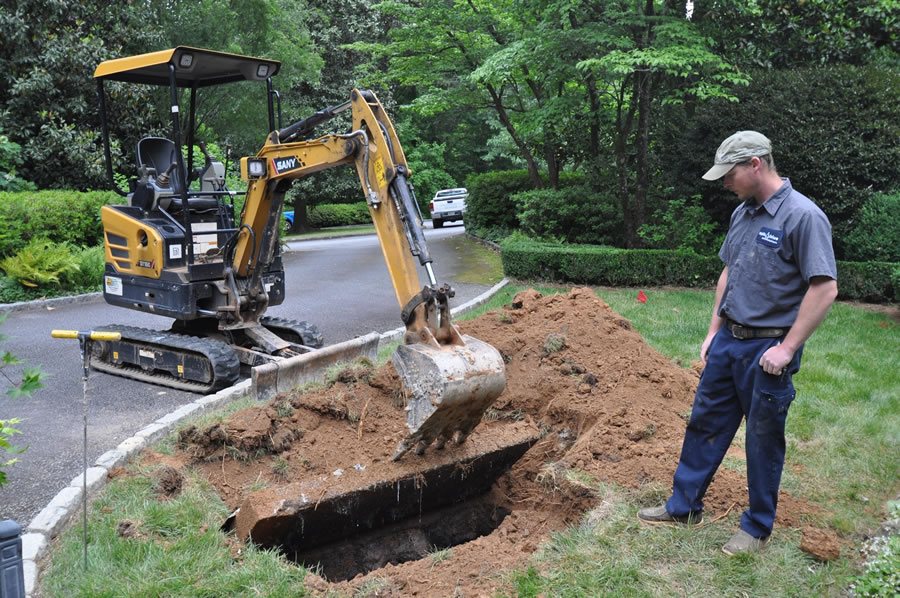
One quarter of Americans rely on septic tanks to process household waste. Most Septic Blue locations have septic tank experts who…

Call Septic Blue today for a second opinion. If you choose to go with Septic Blue, you'll receive $250 off your…
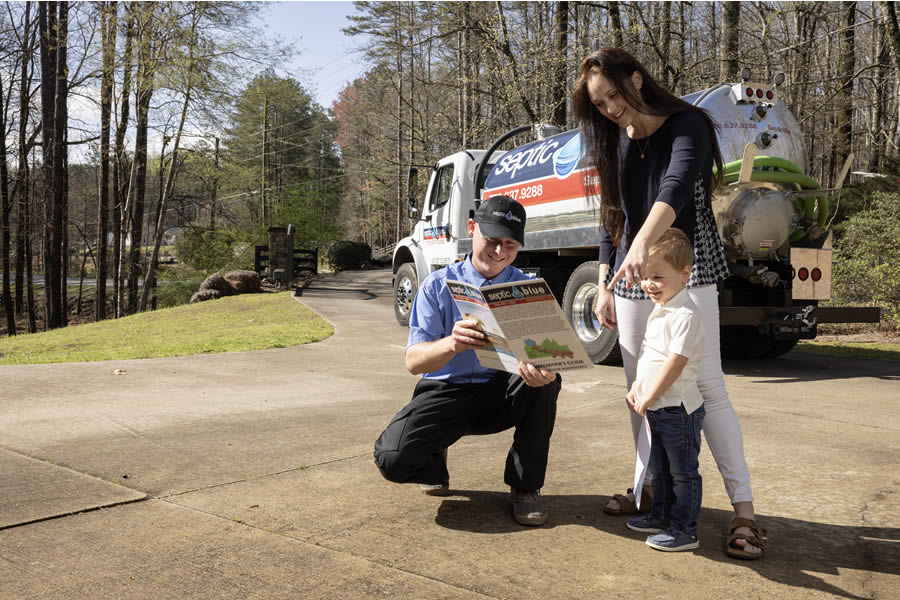
If you are a homeowner or resident in Raleigh that is among the 20 percent of households in the U.S. with…
Professional Saptic Plumbing solutions for every need. Contact Us Today!
Installing root barriers around existing septic tanks near trees might be a good protective measure. Physical barriers called root barriers, composed of metal or plastic, prevent roots from growing toward the tank. These subterranean barriers are put in place to create a barrier that roots cannot pass through between the tree and the septic tank.
Using chemical treatments intended to inhibit root growth is an additional means of stopping root intrusion. Usually, these treatments are sprayed directly onto the ground around the drain field and septic tank. Even while chemical treatments can be successful, it's crucial to carefully follow the manufacturer's directions to prevent damaging the septic system's helpful microbes.
It's critical to plan routine septic system inspections in addition to preventative steps to identify any indications of root infiltration or other problems. If roots are found during an inspection, the issue needs to be addressed right away. This could entail fixing broken pipes, caulking wall fissures in the tank, or getting rid of unwanted roots.
The position of your drain field and septic tank should be considered while designing your landscape. Recommend not to put aggressively rooting trees or shrubs close to these locations. Choose plants with shallow roots instead, as they are less likely to cause harm. In order to prevent damaging the components of the septic system, exercise caution when excavating or digging close to it.
Are you in need of a septic tank cleaning or septic tank repair? Luckily, we at Septic Blue of Raleigh have dedicated workers ready at your service. Contact our representatives for more questions.
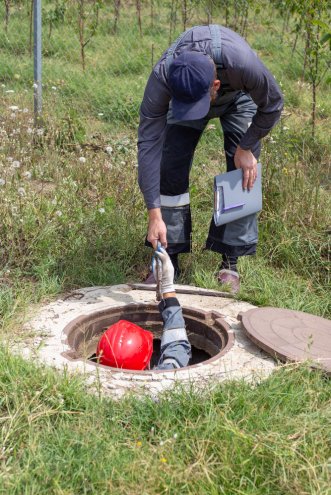
A failing septic system rarely announces itself loudly at first, but small warning signs can quickly turn into messy, expensive emergencies…
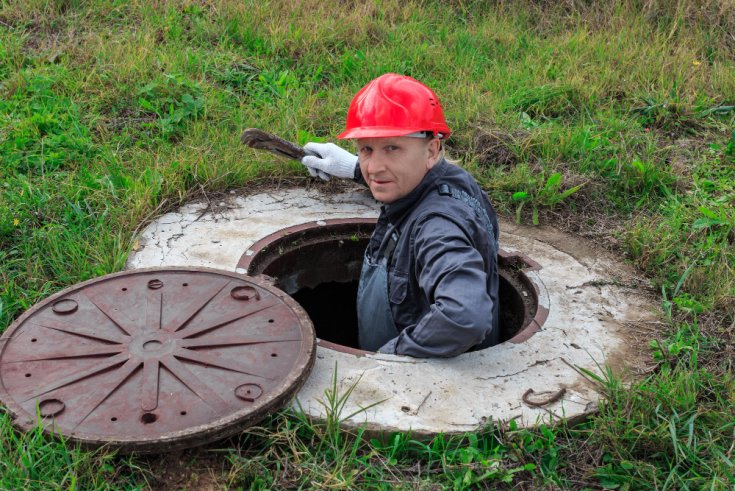
It is assumed that a septic tank only needs attention once sewage backs up into your home or yard, but that…

You’ve probably seen DIY septic tank additives promising to dissolve waste, eliminate odors, and save you from costly maintenance, all with…

You know your septic system works hard every day, and keeping it in good shape means staying on top of